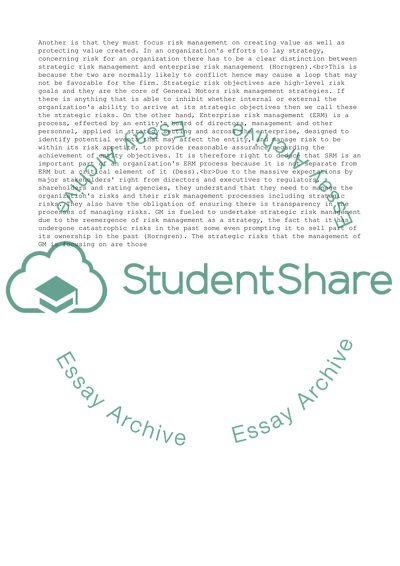Cite this document
(General Motor's strategic risk management Research Paper, n.d.)
General Motor's strategic risk management Research Paper. https://studentshare.org/management/1797395-general-motors-strategic-risk-management
General Motor's strategic risk management Research Paper. https://studentshare.org/management/1797395-general-motors-strategic-risk-management
(General Motor'S Strategic Risk Management Research Paper)
General Motor'S Strategic Risk Management Research Paper. https://studentshare.org/management/1797395-general-motors-strategic-risk-management.
General Motor'S Strategic Risk Management Research Paper. https://studentshare.org/management/1797395-general-motors-strategic-risk-management.
“General Motor'S Strategic Risk Management Research Paper”. https://studentshare.org/management/1797395-general-motors-strategic-risk-management.


